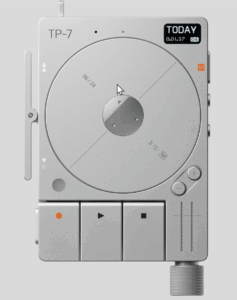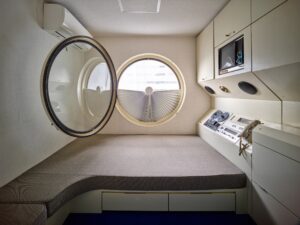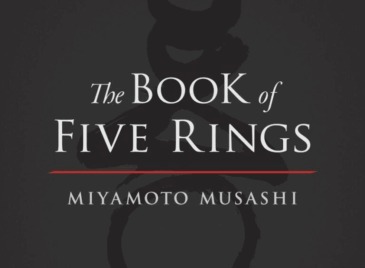Let’s get this out of the way: I’m a huge geek.
Lord of the Rings? Extended edition only, please and thank you.
Star Wars? Original trilogy, obviously.
Japanese anime? I could give a full lecture on any of my top ten favorite anime without any preparation whatsoever.
My love of sci-fi, fantasy, books, and classic movies comes with the baggage of nostalgia, both for a past that really existed and one that was always a dream.
Technology has always been a part of me. I built my first website (a blog covering the ups and downs of owning an ancient 1972 Jeep) when I was 16, back when Yahoo was bigger than Google and you had to apply to manually index your own site. I had my first phone when I was 16, too. A Motorola Startac flip phone, with an extendable antenna and a monochrome display that only showed numbers. Want to send a text? Nope. Calls only.

So, when I stumbled about a subreddit called r/cassettefuturism, it was love at first sight. (Oh, yeah. I’m a redditor. Don’t hold it against me too much.)
When you imagine retro-futurism, you might think of science fiction book covers from the 1940s depicting what the artists imagined technology might look like in the distant future. Everything was sleek and chrome and curved. Cassette futurism builds on this idea, but from the standpoint of a few decades later: the 1980s.
CRT televisions. Sony Walkmans. Clunky keyboards. Primitive desktop computers. This is the foundation upon which cassette futurism is built.

Will these designs ever see a resurgence in the future? There is no reason to ever expect them to, logically speaking. Technology has advanced past everything they might have predicted way back when Star Wars was taking the world by storm for the first time. The thickness of our computer screens are measured in millimeters now, not inches. Rarely do people carry around physical media. With touchscreens, who needs clicky keys (besides the weirdos over at r/mechanicalkeyboards, that is)?
But there is something about cassette futurism that scratches a nostalgic itch that I didn’t even know that I had.

I’m currently reading The Design of Everyday Things by Don Norman (blog post coming soon), and in it, he speaks of design speaking to people on three different levels: the visceral level, the behavioral level, and the reflective level.
The visceral level is that lizard part of our brain that reacts without conscious thought. When a design immediately “looks good,” without our knowing anything else about it, this is a testament to how the design tickles the fancy of our visceral minds. And cassette futurism does just that for me.
Will cassette futurism ever take the UX design world by storm again? I’m not sure, but personally, I sure would like to see it.




